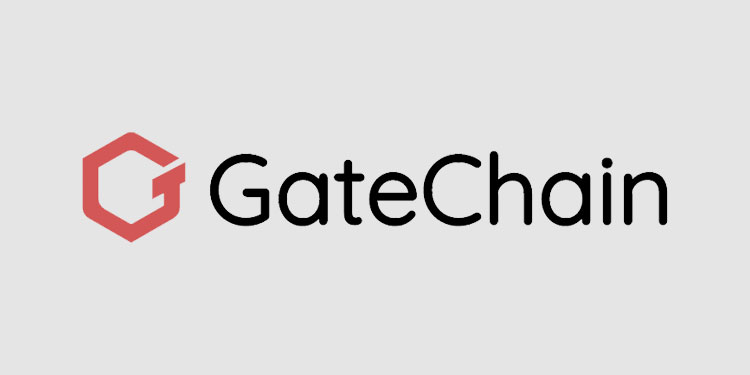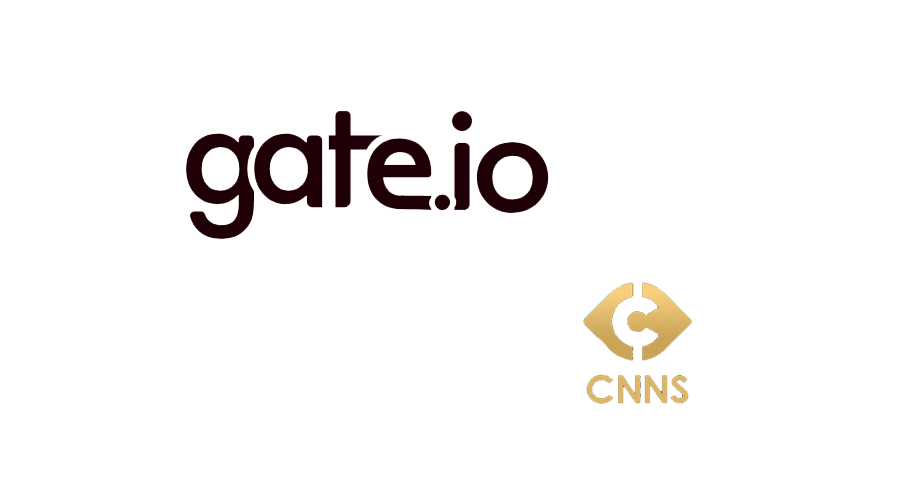Operating now on the second public testnet, Gate.io, a cryptocurrency exchange company, has informed users that the development of their native blockchain GateChain is going well, with network performance and anti-risk capability to be substantially improved in a new version, which will be launched in the second quarter of 2020.
“Up till now, GateChain testnet has been launched with two versions, Testnet 1.0 and testnet 2.0, respectively. On the testnet, the security account-model passed off 100% successfully, creatively solving security issues such as assets being stolen and the loss of private keys.”
– The Gatechain Development Team
On January 30th, 2020, the first academic thesis of GateChain in the field of cryptography named “Gatechain – RTM: Blockchain That Supports Revocable Transaction Model” was released on the arXiv platform. The thesis revealed GateChain’s contributions to front-tier research and industrial, technological advancements.
Testnet 2.0 Participation
Gatechain provides different types of wallets for regular, professional and corporate users. During the testnet phase, regular users can try out the wallets by using the Windows and Mac OS desktop versions. Professional and incorporated users can visit the testnet via full nodes or API.
GateChain Ecosystem
The GateChain ecosystem comprises of the GateChain mainnet, GateChain DEX, GateChain Token (GT), wallets, etc. They form a decentralized platform characterized by enterprise-grade safety and efficiency for digital asset storage, issuance, and trading.
The main features of GateChain include:
- Transfer/Payment – Using a wallet or client-side App, users can send and receive GateChain Token (GT), as well as other popular onchain assets.
- Asset Issuance – Users can issue and use their own tokens (e.g., GT) to digitalize and manage their assets. For more details, visit Asset Management
- Decentralized Cross-Chain Transaction – GateChain provides support for high-performance decentralized trading among different digital currencies.
- Asset Safe Storage – With a uniquely designed vault account and a clearing technology, an account can have comprehensive protection, and support revoking /clearing operations targeting abnormal transactions. For more details, visit Transaction Protection
- Multi-Signature – Multiple signers can share ownership of one account, and get customized management over their digital assets, which best fit the enterprise demands. For more details, visit Multi-signature
- POS Staking Reward – GT works as a stable incentive for users participating in PoS staking, which safeguards the robustness of underlying blockchain.
GateChain Public Blockchain
GateChain is a custom public blockchain, focused on onchain asset safety and decentralized exchange. With unique Vault Account technology and its supporting transaction model design, GateChain has implemented a guaranteed safe clearing mechanism, creatively solving the challenging problem of asset theft and missing private key. It also supports decentralized trading and cross-chain transfer among other core applications. Compared with traditional blockchains, such as Bitcoin and Ethereum, GateChain’s key focus is on-chain asset safety. It creatively proposes several novel concepts, including Standard Account, Vault Account, Retry Account, Clearing Height, Revocable Delay Period, Address Type, Transaction Type, etc.
GateChain DEX
GateChain DEX is a decentralized exchange based on GateChain. It has matching engines of ultra-high performance and incurs a low participating cost – thus providing users with a safe, quick and transparent trading experience. It also supports cross-chain transfers for multiple currencies.
Anyone who has full control over his private key to his account can exchange freely. GateChain DEX uses private own encrypted wallets or hardware wallets to safeguard users’ assets and offers an alternative for the trust issue that is currently present for centralized exchanges.
GateChain Token
GateChain Token (GT) is the native currency of the GateChain mainnet. It is used to pay transfer fees on GateChain’s network and works as the incentive reward for PoS staking. It is fundamental to GateChain’s network. In addition, it is an important eco member for the Gate.io exchange. The value of GT increases based on a deflationary model which includes buy-backs and token burning etc.
GateChain Typical Application
GateChain offers two types of accounts, Standard Account and Vault Account, to meet the efficiency demand in daily payments and safety demand in asset storage. Standard Account allows instant payment and transaction is irreversible. It does not allow restoring lost private key, similar to the features of a bitcoin address. The onchain Vault Account, a unique creation of GateChain, allows revocable transaction and private key restoration. By combining both types of accounts, GateChain aims to provide all-round safety features to its users.
1. Individual assets management:
GateChain provides individual users with two types of accounts – Standard and Vault:
- Standard Account – is used to store a tiny fraction of assets for daily use while
- Vault Account – is used to store the majority which doesn’t need to be accessed immediately. The vault account can set a transfer delay period, 2 days for example.
For everyday transactions, users can use assets in the Standard Account just as if they were using bitcoin: the transaction is confirmed upon payment and is reversible. In the worst case when the Standard Account’s private key is lost or stolen, his loss is limited to a small portion. Risk is still under control. When the asset in the Standard Account is insufficient, the user can transfer more from the Vault Account based on his plan and intent. The transfer will be received with a 2 days (example) delay. If theft is concluded during the delay period, the user can simply initiate a “Revoke” request. The stolen transaction will be revoked and moved to a “Retry Account” – Is this correct, the name? Please double-check so that the loss can be avoided.
2. Legacy or Grant auto-release:
Digital asset inheritance has been a headache for many as it cannot be handled by a middle man like bank assets and real estate under the existing applicable laws. The private key of digital assets is usually kept by the holder himself for security reasons. Without complicated processing procedures, digital assets will be frozen forever following the death of the holder and leave his lawful heir no way to access their legacy. Vault Account at GateChain supports releasing digital assets at a preset future time point to a predefined beneficiary, without worries about private keys missing or theft during this period. As long as one can set a digital asset distribution ratio and release time when he is able to do it, his digital asset will be transferred to his named beneficiary accordingly. This asset processing method can also be used in other scenarios like scheduled fund granting. For example, if parents want to give their children some digital assets when they are 18 years old to fund their development after they have grown up. The parents can specify at their own Vault Account to send a certain amount of digital assets to their children when they are 18 years old.
3. Safe Storage of Bank Assets:
Bank asset storage demands an extremely high level of safety. The prevailing mechanisms in the blockchain industry are cold storage and hardware wallets. But these mechanisms can not 100% guarantee the safety of blockchain assets, especially when it comes to asset risks arising from private key damage. With GateChain’s Vault Account, banks can set a longer transfer delay time to significantly reduce asset storage risk. GateChain also supports Vault Accounts cascading, which can exponentially reduce the risk of theft.
In practice, GateChain can achieve approximately 100% safety for asset storage at a very low cost. Just like the possibility of Bitcoin being brute force attacked is close to zero in practice, though not 100% safe in principle, it already facilitates 100% safety in practice. In addition, pocket money wallet and hardware wallet technologies can still be used to give it further protection (layers).






















